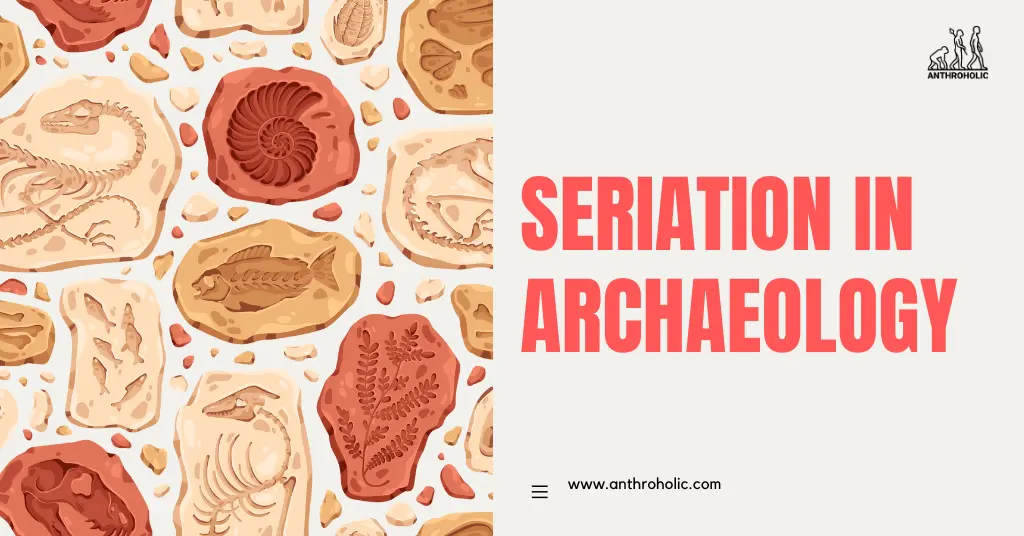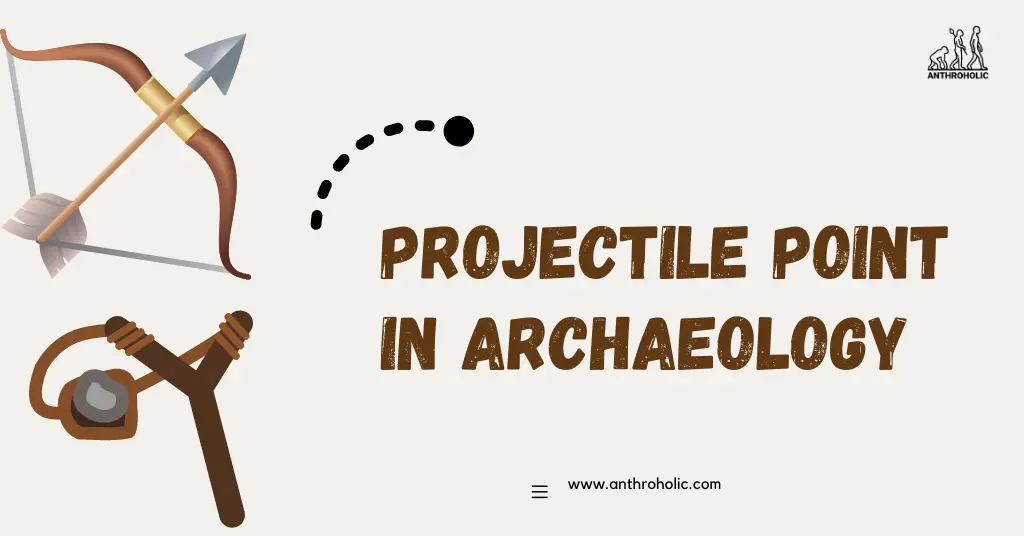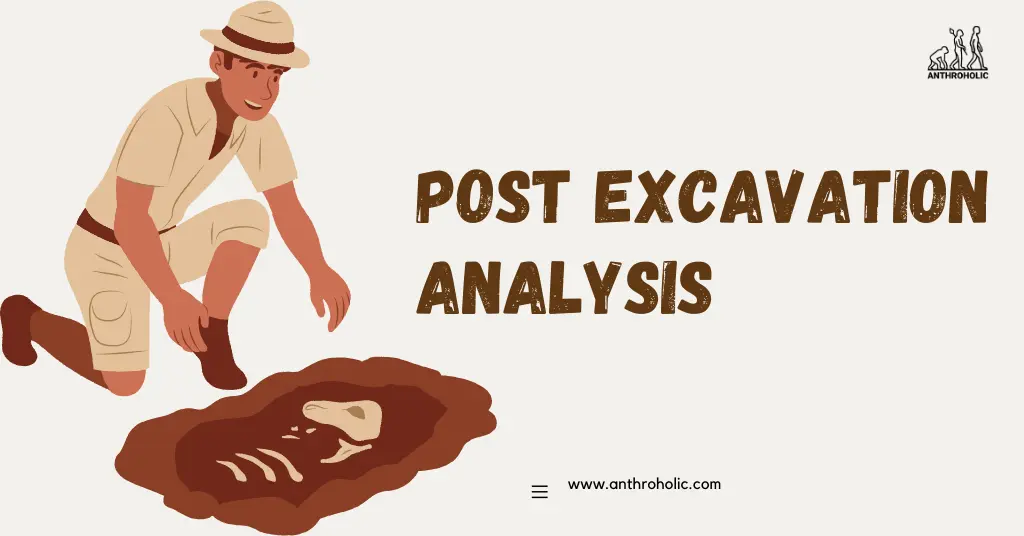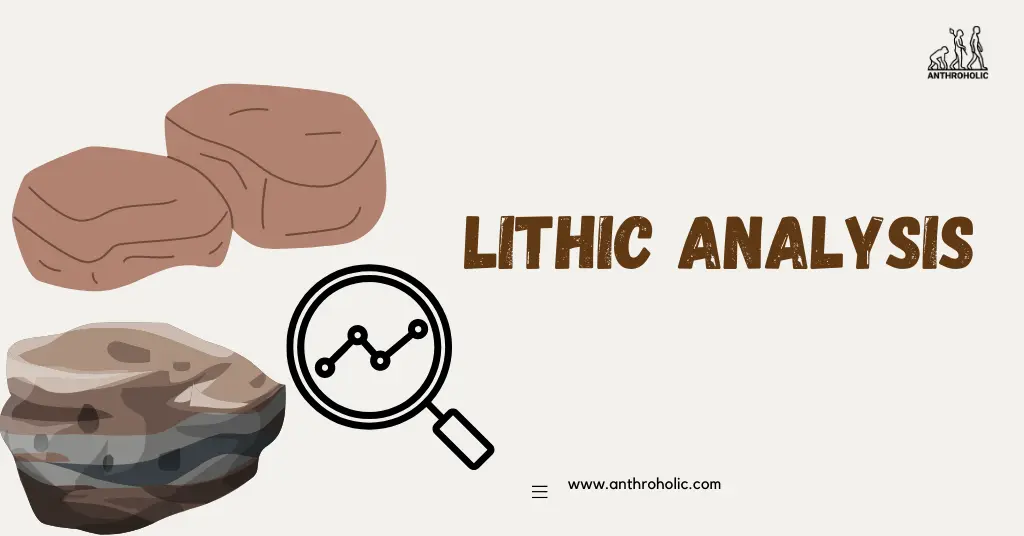+91-7303290503, +91-9557169661 | MON to SUN 10:00 AM - 6:00 PM
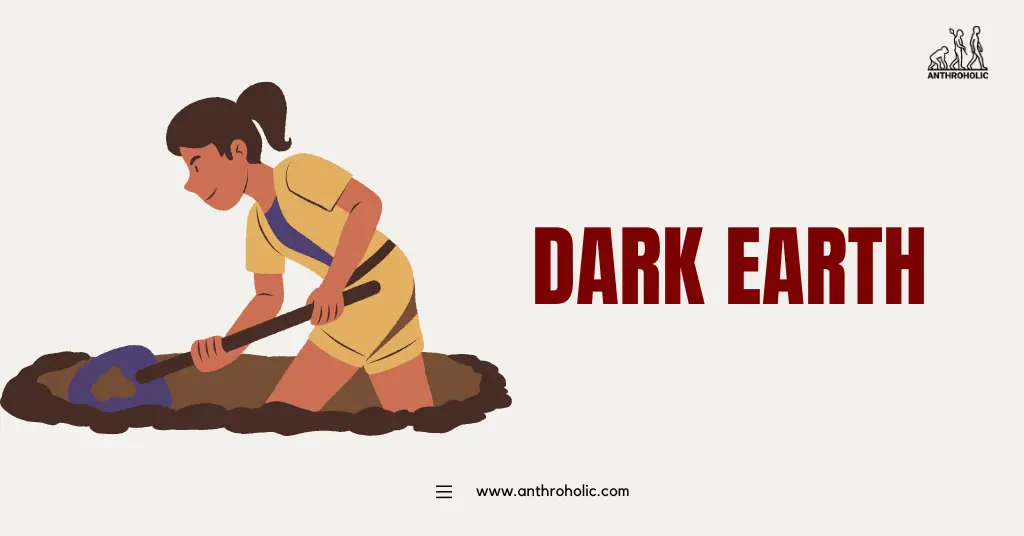
Dark Earth
Dark Earth, also known as terra preta or Amazonian black earth, is a type of soil found in the Amazon Basin, widely revered for its incredible fertility and carbon storage capabilities. This human-made soil is a fascinating testament to the innovative agriculture of ancient Amazonian civilizations, revealing critical lessons for contemporary agricultural and climate-change mitigation strategies.
